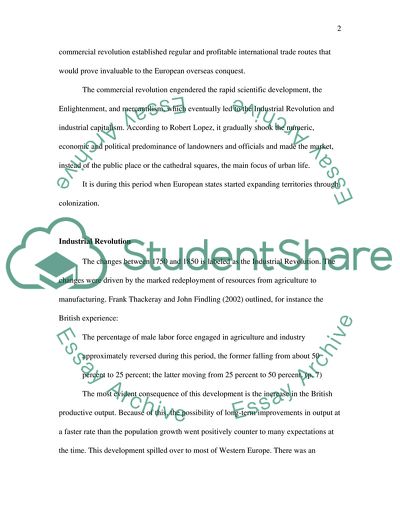Cite this document
(Commercial Revolution vs. Industrial Revolution Assignment - 11, n.d.)
Commercial Revolution vs. Industrial Revolution Assignment - 11. https://studentshare.org/sociology/1725686-history
Commercial Revolution vs. Industrial Revolution Assignment - 11. https://studentshare.org/sociology/1725686-history
(Commercial Revolution Vs. Industrial Revolution Assignment - 11)
Commercial Revolution Vs. Industrial Revolution Assignment - 11. https://studentshare.org/sociology/1725686-history.
Commercial Revolution Vs. Industrial Revolution Assignment - 11. https://studentshare.org/sociology/1725686-history.
“Commercial Revolution Vs. Industrial Revolution Assignment - 11”. https://studentshare.org/sociology/1725686-history.


